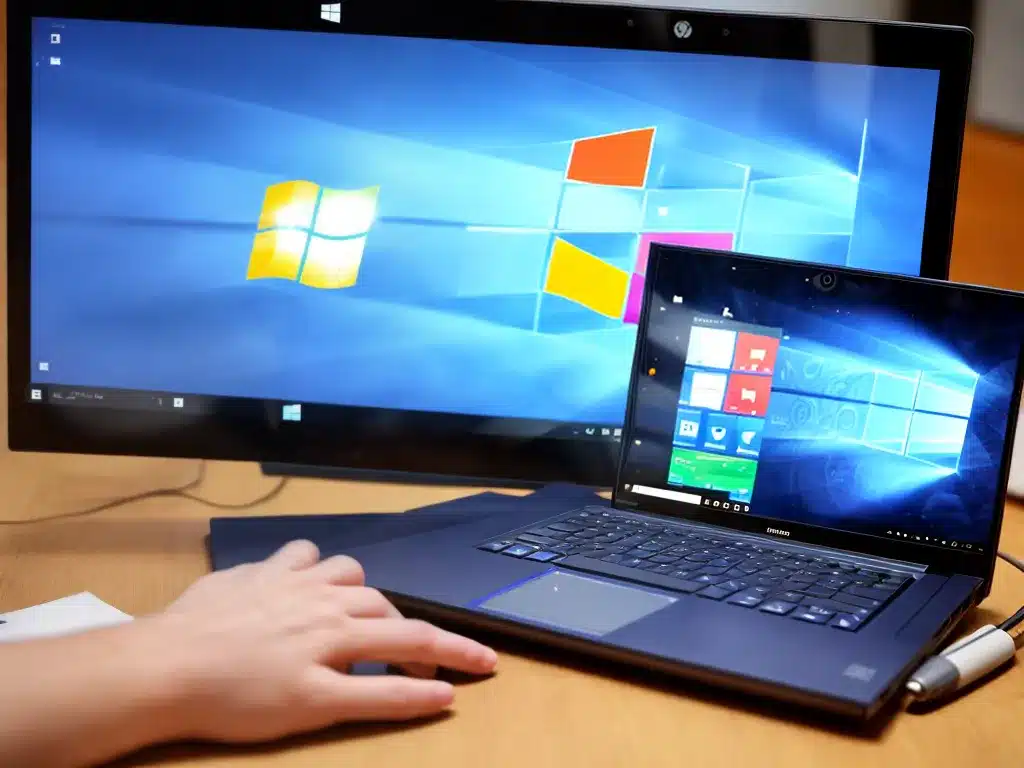
Introduction
Windows updates are released by Microsoft to fix bugs, improve security, and add new features to Windows. While most updates are beneficial, sometimes they can cause issues with your computer. Here are some tips on how to fix problems caused by Windows updates.
Diagnose the Issue
The first step is to diagnose what problem the update is causing. Some common issues include:
- Computer running slow
- Apps crashing frequently
- Problems connecting to wifi or Bluetooth
- Printer stops working
- Audio issues
- Display problems like black screens
Look for issues that started after a recent Windows update. Then determine if it’s a problem with Windows itself or with an individual app.
Temporarily Uninstall Problematic Updates
If you determine a specific Windows update is causing problems, you can uninstall it as a troubleshooting step. Here’s how:
- Open Settings > Windows Update > Update history.
- Click Uninstall updates.
- Find the problematic update in the list and select it. Click Uninstall.
This will temporarily remove the update so you can test if the issues stop occurring. If they do, you can block the update from being installed again.
Use Windows Recovery Environment
The Windows Recovery Environment (WinRE) is a special startup mode that can be used to troubleshoot Windows issues. To access it:
- Open Settings > Update & Security > Recovery.
- Under Advanced startup, click Restart now.
- After restarting to the Choose an option screen, select Troubleshoot > Advanced options > Startup Settings > Restart.
- After restarting again, press 5 or F5 to boot to Safe Mode with Networking.
From here, you can use tools like System Restore or Startup Repair to fix issues caused by an update.
Roll Back Updated Drivers
Sometimes driver updates through Windows Update can cause problems. You can uninstall these updates to roll back to the previous driver version:
- Open Device Manager.
- Expand the category for the problematic device and right-click on it.
- Select Properties > Driver tab.
- If there is a Roll Back Driver button, click it to revert to the previous driver.
This can resolve issues like printers not working after an update.
Reset Windows
If nothing else has worked, doing a full reset of Windows will reinstall a clean working copy. Back up your data first, then:
- Open Settings > Update & Security > Recovery.
- Under Reset this PC, click Get started.
- Choose either Keep my files to refresh Windows while keeping your data, or Remove everything to wipe the drive fully before reinstalling Windows.
Resetting Windows can resolve many issues caused by updates that have lingered despite your best efforts. It’s an involved process so only use it as a last resort.
Prevent Problematic Updates
Once you’ve resolved the issues, you can take steps to prevent specific updates from installing again:
- Use the Show hidden updates troubleshooter to block updates
- Use wsusoffline to hide or remove updates
- Use Group Policy to exclude updates
Taking precautions will ensure the same update doesn’t get installed again and cause further problems.
Conclusion
With some effort, you can diagnose and resolve most issues caused by Windows updates. Strategies like uninstalling the problematic update, using startup repair tools, rolling back drivers, or resetting Windows can all help get your computer back on track. Blocking future problematic updates is also advised. This will prevent headaches down the road.












